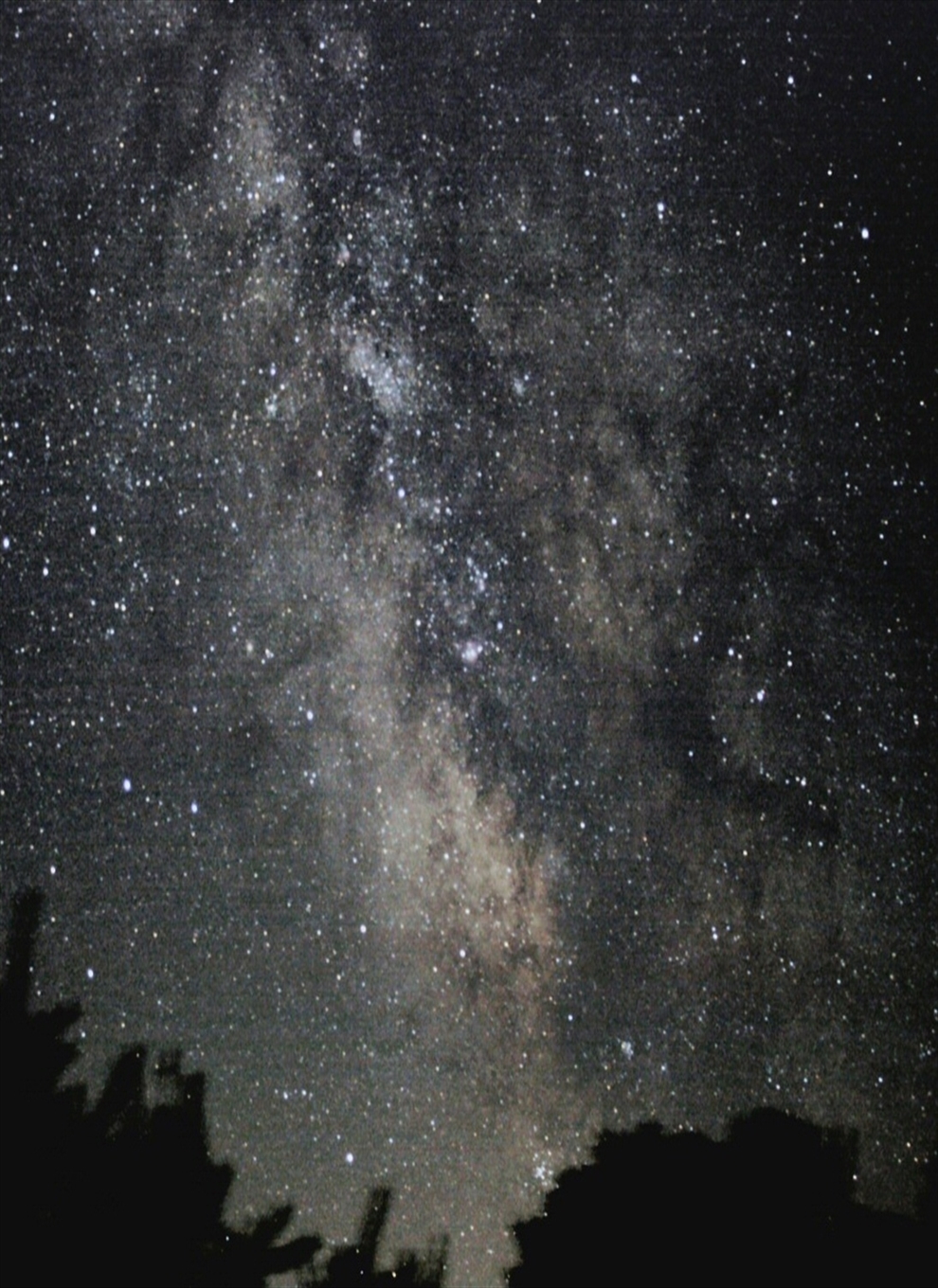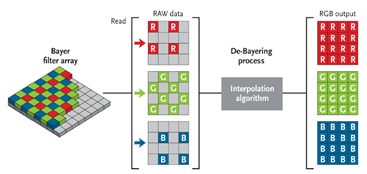

Charleston Lake
Astronomical

Imaging the Night Sky from Ontario Canada

High Speed Video Imaging
The Imaging Source - DFK33UX178
High frame rates, means very short exposures. This necessitates low noise, high sensitivity imaging chips. The Sony Starvis IMX178 sensor fits this bill.
USB3.0, Sony STARVIS IMX178 Back Illuminated CMOS sensor, 3,072×2,048 2.4um pixels (6.3MP), diagonal 8.92 mm (1/1.8 format)
Full frame at up to 60 frames per second. If using a Region of Interest (ROI) subset of the full frame, have gotten as high as 245 frames per second. ROI is available via SharpCap or Firecapture software.
The camera is smaller and lighter than many eyepieces.
This camera is used primarily for planetary and lunar imaging, but also for some E-Finder uses.
High frame rates, means very short exposures. This necessitates low noise, high sensitivity imaging chips. The Sony Starvis IMX178 sensor fits this bill.
USB3.0, Sony STARVIS IMX178 Back Illuminated CMOS sensor, 3,072×2,048 2.4um pixels (6.3MP), diagonal 8.92 mm (1/1.8 format)
Full frame at up to 60 frames per second. If using a Region of Interest (ROI) subset of the full frame, have gotten as high as 245 frames per second. ROI is available via SharpCap or Firecapture software.
The camera is smaller and lighter than many eyepieces.
This camera is used primarily for planetary and lunar imaging, but also for some E-Finder uses.
DFK camera, 29×29×43 mm
"Freezing" the Seeing


Stable <<< Typical >>> Unstable
The fast frame-rate and low-light sensor sensitivity allows the atmospheric turbulence (seeing) to be froze. Using Registax software on the resultant video, the sharpest frames can then be isolated from the blurry frames. If the seeing is quite unstable, wait for a better night.
Sony IMX178LQJ-C Colour Sensor

E-Finder / Guider
Testing has shown that when mounted to a small camera lens, the TIS DFK camera can also be used as an E-Finder. See image below of Castor and Pollux region of Gemini for a sample (6 sec exposure)
Testing has shown that when mounted to a small camera lens, the TIS DFK camera can also be used as an E-Finder. See image below of Castor and Pollux region of Gemini for a sample (6 sec exposure)

Debayered into a colour image

Copyright 2021 CLAstronomical
